Charleston’s unique challenge: The transition to green clay
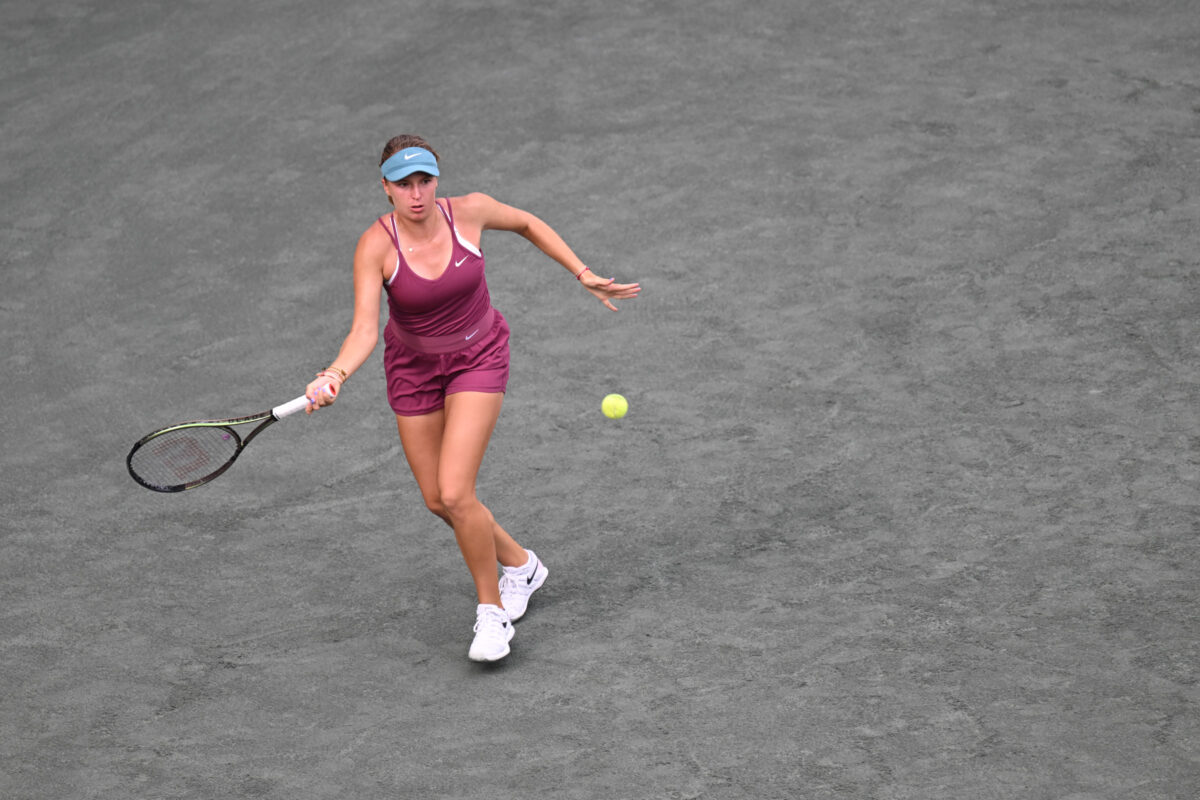
Linda Fruhvirtova (CZE) in action on the green clay on Monday (Chris Smith/Charleston Tennis LLC).
There really is no other tennis tournament in the world quite like the Credit One Charleston Open.
The longest-standing women’s-only event in North America is also the lone WTA tournament to be held on green clay, and sits neatly between the end of the U.S. hard court swing and the start of action on Europe’s red clay, which culminates at next month’s French Open.
“It’s a fun week for us [players] to be a bit curious and see what happens,” said Charleston local Shelby Rogers, who has played on the surface since childhood. “For me, I grew up learning tennis and playing on green clay. It brings back some familiar feelings, but there are always variables with the conditions here, it can be… anything.”
The week serves as a bridging transition tennis-wise, too: After the quick hard courts of Indian Wells and Miami, the slower, lower-bouncing green clay offers in-between conditions for the slippery red dirt that awaits across the Atlantic.
“It’s a little faster than the red clay. You tactically start to change your tennis just a little bit here,” said Paula Badosa, the former world No.2.
She continued: “For me it’s harder with my movement. On clay you need to adapt yourself; it’s different [kinds of] movement. But I think my tennis can adapt pretty well to the surface.”
It’s become a routine of habit for Madison Keys, the American who won her first-ever title on clay in 2019.
“I’ve done it for so many years: I always play Miami and then come straight here,” Keys explained. “The biggest thing that we focus on is making sure that my strength is up in things like my ankles and adductors because you’re not on a stable surface anymore.”
Media Day vibes 😍#CharlestonOpen pic.twitter.com/RaSNa87GHP
— Credit One Charleston Open (@CharlestonOpen) April 3, 2023


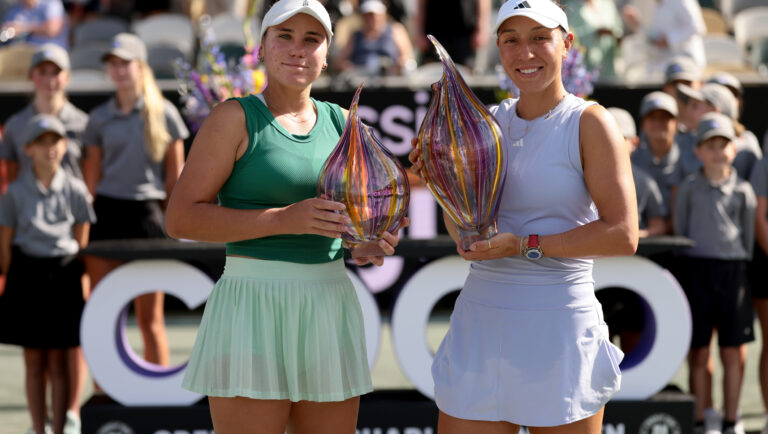


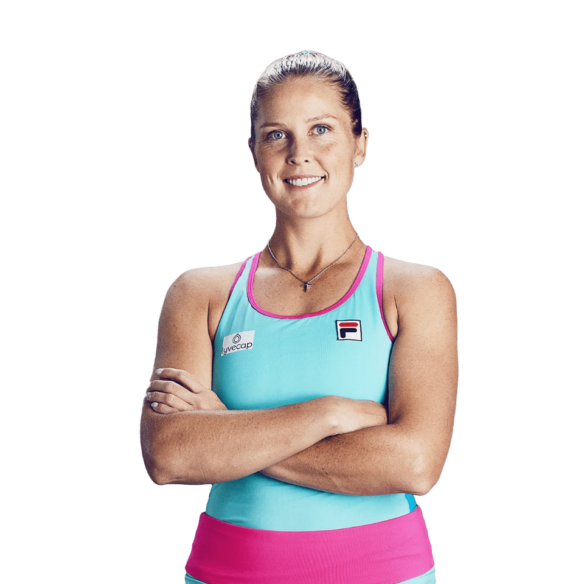

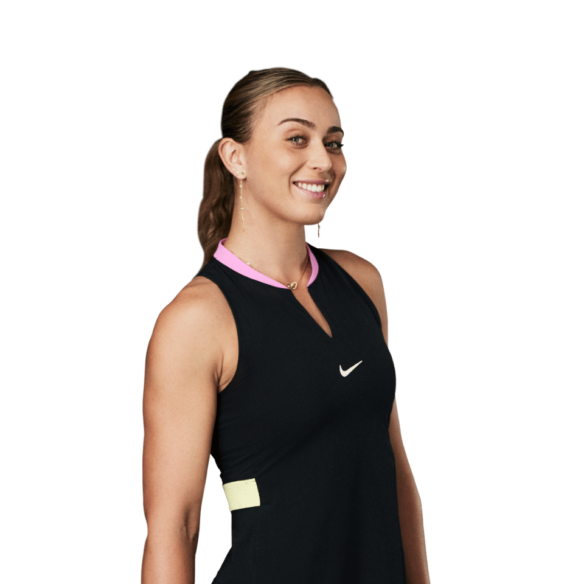

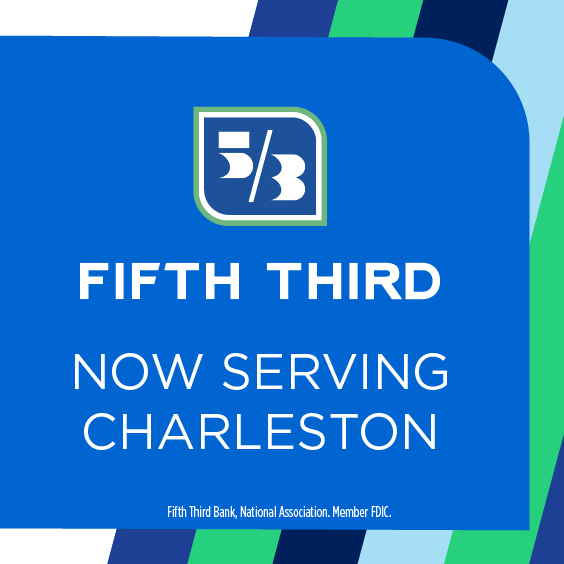









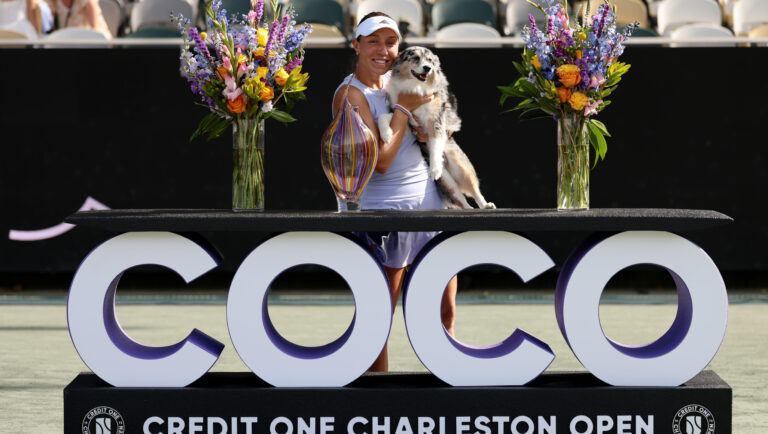
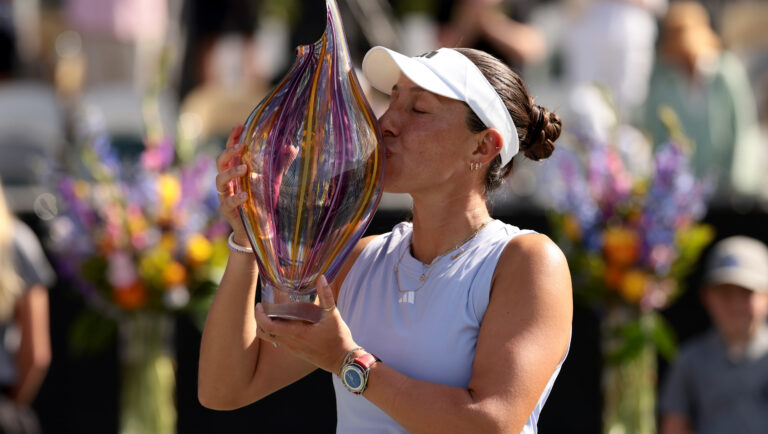











 WTA Rank: 24
WTA Rank: 24